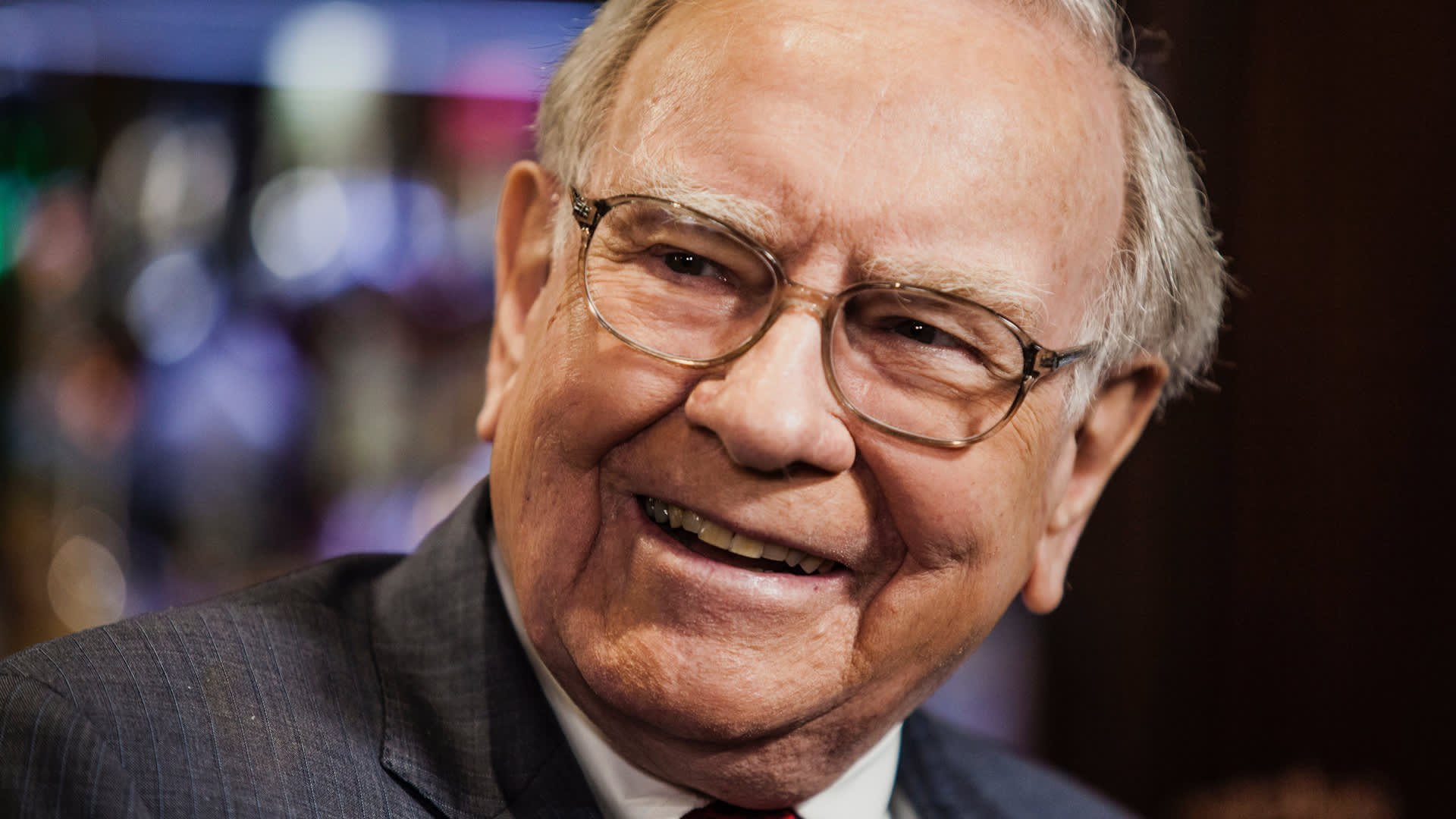It is generally accepted that Warren Buffett is one of the most accomplished investors in the history of global finance. He is widely regarded as one of the world’s richest individuals, as his net worth exceeds one hundred billion dollars. How did he acquire such a massive fortune? This article will explore how did Warren Buffett get rich and his professional trajectory, as well as the defining moments that have significantly contributed to his extraordinary success.
Warren Buffett’s First Investments 1930–1949
In 1930, Warren Buffett was born in Omaha, Nebraska. Early on, he showed a keen interest in finance and business; by the time he was 11, he had already made his first acquisition. He purchased a total of six shares of City Service Preferred Stock for $38 a share: three for himself and three for his sister Doris. After some time, during which the stock price increased by as much as $40, Warren decided to sell his shares, turning a little profit.
Buffett regularly traded stocks throughout his adolescence, funding his trades with money earned from different part-time jobs. He had over $5,000 in savings after finishing high school, which he used to buy a 40-acre farm in Nebraska. He achieved this goal by using his funds. The landowner made $200 in yearly profits by leasing the property to a tenant.
How Buffett Got to $25 Million 1950–1969
Buffett attended the prestigious University of Nebraska for his undergraduate studies before enrolling at Columbia Business School in New York City. During this time, he was able to meet Benjamin Graham, the renowned entrepreneur and author of “The Intelligent Investor.” Buffett viewed Graham as a mentor and acknowledged Graham’s significant influence on the formation of his investment strategy.
Buffett began his career as a stockbroker in Omaha, Nebraska, in the financial industry. Nevertheless, as a result of their rapid disillusionment with the industry’s emphasis on fast profits, they decided to form an investment partnership. Buffett Partnership Ltd. was founded in 1956 with an initial investment of $105,000, the majority of which was provided by his family, friends, and other close associates.
In the decade that followed, Buffett’s investment partnership achieved extraordinary success. The investor focused on purchasing stocks at a discount from reputable companies with competent management and retaining these assets for an extended period. The investor’s investment strategy revolved around the concept of “value investing,” which entails purchasing companies at a discount to their true market value.
By 1965, Buffett had obtained a compounded annual return of 25%, surpassing the return of the Dow Jones Industrial Average during the same period. Additionally, he has effectively increased the firm’s managed assets to over $26 million.
The Berkshire Hathaway Years 1970–1989
Buffett decided in 1969 to acquire Berkshire Hathaway, a textile company that was experiencing financial difficulties. He was confident that he could turn around the company because he believed that its assets were substantially undervalued. However, he was wrong, as the textile industry never recovered from its difficulties.
Warren Buffett decided to alter Berkshire Hathaway’s direction as opposed to abandoning the company. Using the proceeds from the textile company he owned, he began making investments in new businesses and acquiring existing ones. Berkshire Hathaway is now a conglomerate, having acquired assets in numerous industries throughout its existence. In addition to manufacturing and retail, these companies provide insurance and financial services.
Buffett’s investment strategy remained centred on value investing, and he maintained a methodical approach to selecting investments. In addition, he had a reputation for being a patient investor, as he frequently held onto his investments for years and, on occasion, decades.
No Retirement in Sight for Buffett 1990–2015
Buffett remained Berkshire Hathaway’s chief executive officer well into the 21st century. During this period, he became recognised as one of the world’s most distinguished and esteemed business investors. Despite having amassed substantial wealth over time, he chose to keep his 1958-purchased home and drive a Cadillac from a prior model year.
Additionally, Buffett received praise for his charitable efforts. Buffett remained committed to his profession and actively involved in the administration of Berkshire Hathaway in the years preceding his retirement, despite accruing an impressive fortune. Throughout this period, he gained recognition for his charitable efforts. In addition, he remained a vocal proponent of value investing and emphasised the importance of maintaining a long-term perspective when making investment decisions. Buffett’s net worth surpassed $70 billion after the aforementioned period, solidifying his position as one of the world’s wealthiest individuals.
Buffett’s Final Years at Berkshire Hathaway
During his final years of life, Buffett continued to be actively involved in the management of Berkshire Hathaway while also initiating plans for the company’s future. In 2006, he made a public statement regarding his intention to allocate the majority of his wealth towards philanthropic endeavours, with a particular emphasis on supporting the Bill and Melinda Gates Foundation.
In 2010, Warren Buffett and Bill Gates collaborated to establish The Giving Pledge, which garnered significant media attention. This is an initiative that advocates for billionaires to contribute the majority of their wealth to charitable organisations. Buffett was among the founding signatories of the Giving Pledge. Since its establishment, over 200 donors from around the world have contributed to the initiative.
Buffett Successor Named—2021
Buffett made a monumental revelation in May 2021 that sent shockwaves throughout the financial industry. He disclosed that he had selected Greg Abel to succeed him as Berkshire Hathaway’s CEO and that the decision had already been made. Abel, who had previously served as the company’s vice chairman, will become only the third CEO in the history of Berkshire Hathaway, following in the footsteps of Warren Buffett and Charlie Munger, Warren Buffett’s business partner.
Frequently Asked Questions (FAQs)
Q: What is Warren Buffett’s net worth?
A: As one of the richest people in the world as of 2023, Warren Buffett’s net worth is predicted to reach above $100 billion.
Q: What is value investing?
A: Buying companies that are selling below their inherent worth is a key component of the financial theory known as “value investing.” Finding equities that the market has undervalued and that may rise in value over time is the aim of value investing.
Q: What is Berkshire Hathaway?
A: Warren Buffett is the owner of the holding firm Berkshire Hathaway, a conglomerate. The corporation has stakes in a variety of sectors, including manufacturing, retail, banking, and insurance.
Q: What is The Giving Pledge?
A: The Giving Pledge, a movement started by Warren Buffett and Bill Gates, calls on billionaires to give the majority of their fortune away to good causes.
Q: Who is Warren Buffett’s successor?
A: Greg Abel will take over as CEO of Berkshire Hathaway, according to an announcement made by Buffett in May 2021. The vice chairman of the business was Abel.




